High inflation and poor productivity are the real threats to Anthony Albanese’s government
Shooting the messenger rarely solves the problem. Inflation and productivity — not the Coalition — are Labor’s existential threat.
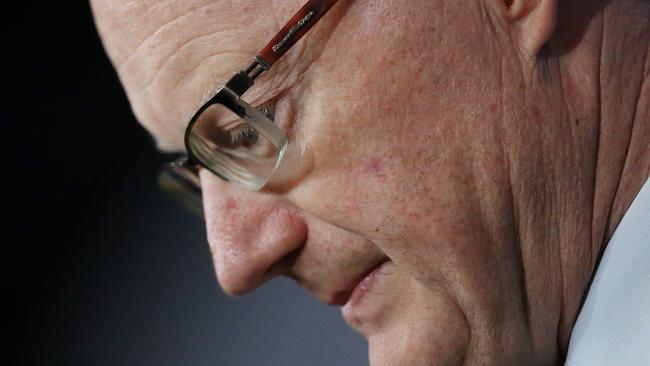
Anthony Albanese has cut an astute figure as Prime Minister; Jim Chalmers presents as a competent Treasurer; the electorate likes what it sees; it cuts the new government slack as it struggles with high inflation, damaging cost pressures, rising power bills – but clever politics cannot deny economics forever.
The majority Labor sentiment is for change at the Reserve Bank. Yet Lowe wants to stay. “I have a seven-year term,” he told Senate estimates this week. “I intend to fulfil that term. If I’m asked to stay I would.” Lowe now has a dual identity: as proponent of the false forward guidance that the cash rate would remain low until 2024 and more recently as architect of the steady lifting of the cash rate to 3.85 per cent in his quest to defeat inflation.
Both identities make his future reappointment unlikely. There is a strong case that Lowe’s 2024 misguidance that led many Australians into damaging borrowings is sufficient to justify his non reappointment. Far more dubious, however, is the hostility of Labor MPs alarmed at the rising interest rate cycle, under pressure from constituents, suspicious about Lowe’s warning on wage increases and keen to see a more accommodating central bank.
Lowe under assault
This is Lowe under assault for doing his job. The hostility towards him, fanned by much of the media, typifies the cult of demonisation debasing our public and political life. The independence of the Reserve Bank has assumed a new meaning – it allows the politicians to indirectly send the message on punitive interest rates: “Don’t blame us, blame the bank.”
The lift in annual inflation in April to 6.8 per cent from 6.3 per cent the month before is not encouraging. The data is mixed but at the margin it tilts the balance towards another interest rate increase at some point. This comes when borrowers are feeling even deeper pain from the prolonged cycle along with the looming risk that when rates start to ease the process won’t be fast.
High inflation and poor productivity – not the Coalition – are the real threats to the Albanese government. Inflation is difficult; productivity is even more difficult. Beating inflation involves a long lead time; lifting productivity demands a much longer lead time. Yet they determine the lifeblood of electoral success. Albanese says he wants a long-run ALP government, but if he’s serious that means addressing the inflation and productivity challenges.
Lowe draws the link between inflation and productivity – wage rises to be sustained need to be buttressed by rising productivity, otherwise they slip into inflation. Inflation undermines family budgets and does most damage to the low paid and disadvantaged.
The Fair Work Commission 5.75 per cent increase in the minimum and award wages from July 1 – while below the 7 per cent the ACTU sought, with the government saying low paid workers should keep pace with inflation – is significantly above the employer submission and at the margin will maintain pressure on inflation and interest rates.
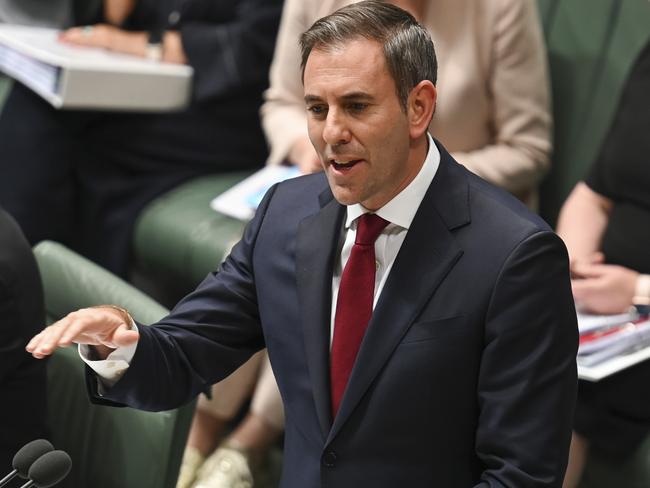
The FWC said it responded both to the needs of the low paid and the impact on inflation and forecast the decision would have only a “modest” impact in total wages growth while the Chamber of Commerce and Industry called the decision a “hammer blow” for small and family business, saying it would make the Reserve Banks’ job more difficult.
Chalmers is focused on the productivity problem. In a recent speech the Treasurer sketched the dimensions: our productivity growth in the past decade has been the slowest in 60 years. He quoted the Productivity Commission saying that if we stayed on the current course future incomes would be 40 per cent lower and the working week 5 per cent longer.
The issue, as Chalmers said, is whether speed limits will be imposed “on our economy” and on “sustainable wage increases” – Lowe’s precise point. The analysis is beyond dispute, the issue is: what to do?
Fed up with the Productivity Commission, the ACTU wants it abolished. That’s a neat solution, except that shooting the messenger rarely solves the problem. At the same time the ACTU wants the Reserve Bank’s objectives re-cast towards full employment and away from fighting inflation with high interest rates. But you can’t fight inflation by pretending it doesn’t need to be beaten.
What would Lowe’s departure mean?
Removing Lowe at a time of extreme delicacy and anxiety in the interest rate cycle raises many questions. Does the government want different results from the bank? Would Lowe’s departure mean the public blamed Labor for high interest rates given the media-hate figure was gone? Finally, how will Labor manage the central challenge identified by Lowe – that the productivity drought puts strict limits on sustainable wage rises?
Lowe’s future is about more than just Lowe. The Reserve Bank and the Productivity Commission are slated for institutional reform by Labor. The review of the bank has been released and endorsed by Labor. The review of the independent Productivity Commission is coming, with Chalmers saying its remit hasn’t changed for 25 years and the institution needs renovation. Chairman Michael Brennan has said he won’t seek re-appointment when his five-year term expires.
Late last year Brennan criticised Labor’s multi-employer bargaining laws, saying the literature was clear: “you get better productivity outcomes” from single-firm bargaining, not industry-wide bargaining. In its five-yearly report on productivity released this year the Productivity Commission both supported and challenged Labor on a number of fronts – a better skilled workforce, business tax, achieving net zero at lowest cost, efficiency in government services, and workplace relations. “Australia’s economy has changed,” Brennan said at the time. “Almost 90 per cent of Australians now work in service industries, including education, health, hospitality, retail and finance. It has traditionally been difficult to lift productivity in these sectors.”
The essence of Lowe’s position was put to Senate estimates: “The problem is weak productivity growth. Over the last three years there has been no increase in the average output per hour in Australia. What we have been hoping to achieve over time is an average inflation rate of 2.5 per cent and the country would hopefully deliver 1 per cent productivity growth, and so wages growth of around 3.5 per cent.”
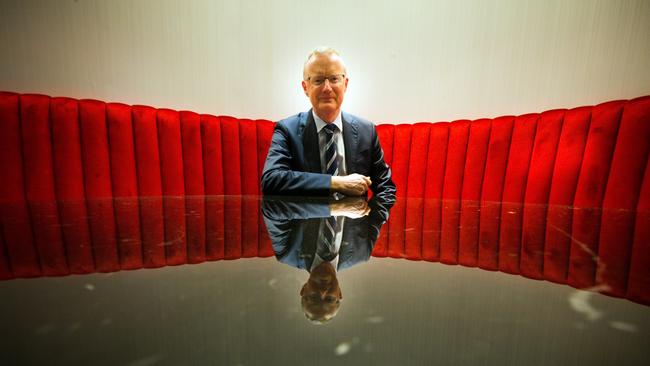
In short, current wages growth of 3.7 per cent, far below price increases, is not the source of inflation. But the gap between wages growth and productivity growth just puts upward pressure on inflation, making it harder to deliver sustainable real wages gains. All roads lead back to the best solution – to lift productivity.
Can Lowe survive? The review of the bank commissioned by Chalmers was devastating and would seem to represent a judgment from which the governor cannot escape. It was an assault on the bank’s culture, savage about its perceived poor performance, and recommended structural changes with the creation of a new monetary policy board and a weakening of the governor’s authority. Whether the reforms mean better results is problematic. Lowe offered a decisive insight: he said the changes wouldn’t make much difference to interest rates. The verdict: big changes to process, minor changes to outcomes.
Higher productivity makes us richer, provides better government services, delivers higher wages – and, if we’re smart about it, means a better society. Yet there is virtually no constituency in this country for higher productivity. It determines our future but is the poor child of politics.
The reality that gets astonishing little attention is that from the onset of the Howard era Labor and the Coalition have been locked in a protracted ideological and policy dispute about the best means to secure productivity – witness battles over carbon pricing, tax reform and Work Choices to identify the most memorable. Labor long ago turned against the classic pro-market, deregulation, user-pays, Productivity Commission preferred method of advancing the cause, though the recent Coalition era 2013-22 was conspicuous for its productivity failures.
Economist Ross Garnaut told Inquirer: “In the last decade we’ve had a fall in average real wages by the standard ABS measures. That’s the first time ever in Australia that we’ve had a decade in which real wages have been lower at the end than at the beginning.
“We were close to the bottom of the developed country league table in growth per capita output and productivity growth.
“We were able to avoid recession in that period only because of the extraordinary growth in the labour force because of historically high levels of immigration, increasingly unskilled immigration.”
Chalmers’ productivity plan
Chalmers’ plan is to meet the productivity challenge but in a distinctly Labor way that rejects approaches Labor sees as pro-employer and pro-Liberal Party. Facing dramatic changes in the structure of the economy, Labor must devise a new and successful productivity agenda. It is no exaggeration to say the long-run aspiration of Albanese depends upon this project. If it fails, the government probably fails.
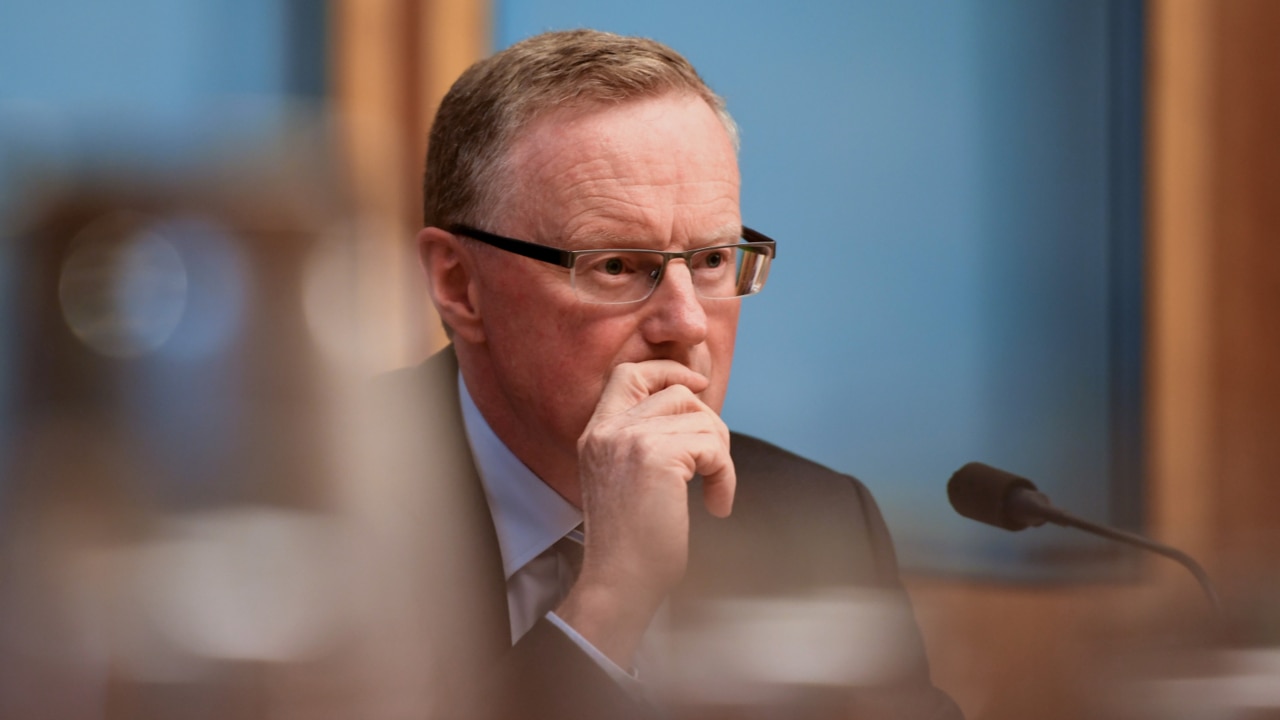
“We don’t believe productivity gains come from scorched earth industrial relations,” Chalmers said at the time of the Productivity Commission’s five-yearly review. Chalmers has outlined a five-point strategy for Labor’s productivity agenda – a more adaptable and skilled labour force, harnessing digital technology, a more dynamic economy via competition and efficiency, achieving net zero at low cost and achieving a more effective care economy and government services sector.
This is Labor’s future blueprint for economic success – it is a mixture of the contemporary and the compassionate. It aligns with Chalmers focus on a better “values-based capitalism” and Albanese’s gospel of a more compassionate economy. It assumes bigger government and more interventionist government. Chalmers still draws on much of the PC agenda but imposes a Labor stamp.
Industrial relations deregulation is strictly off the agenda. Given Labor’s initial IR laws and its projected second round – that BHP said would cost the company up to $1.3bn annually – the government will shun labour market flexibility and simplification of the award system while delivering on a long list of trade union demands.
Rich-world dilemma
Albanese Labor is not alone in facing the productivity and living standards challenge. It is a rich-world dilemma highlighted by two realities – despite the techno-optimists the digital revolution has not yet delivered big gains in productivity while causing deep social misery and disruption and the expansion of the services sector across rich economics has made across-the-board productivity gains far more difficult.
The rich-world dilemma was brilliantly outlined by American economist, Robert Gordon, in his 2016 book The Rise and Fall of American Growth when he argued that economic growth comes not in a steady process but in periodic rapid historical phases. The century in America from 1870 to 1970 saw inventions drive astonishing economic progress – witness the impact of the railroad and the telegraph leading to electricity, the electric elevator making cities vertical, motor vehicles, refrigeration and public waterworks.

Gordon said: “The 1870 house was isolated from the rest of the world, but 1940 houses were ‘networked’ most having the five connections of electricity, gas, telephone, water and sewer.”
The percentage of America regarded as urban grew from 24.9 per cent in 1870 to 73.7 per cent in 1970. It was a century of revolutionary innovation.
Progress continued after 1970 but not at the same rate. Labour productivity grew more quickly in the 1920-70 period than before or after. Gordon predicts that future growth and increases in living standards will be slower than in the past.
While we thrive in the age of the internet and digital revolution the changes they have wrought do not compare with the innovations of the past age or the productivity enhancements they delivered.
This is not a popular conclusion. But, so far, it is right. We await to see what the revolution of artificial intelligence delivers but to this stage the productivity dividends from the internet have not shown in across-the-board income gains for the general population.
The significance of the challenge we face was highlighted by Garnaut: “We’ve seen the demonstration of what a long period of stagnation and falls of income among ordinary people does to support for the democratic political system. The examples are the United States culminating in the Trump presidency and in Britain culminating in Brexit. We know it is dangerous for a democracy to have a long period of stagnant and sometimes declining average incomes for the mass of the people.”


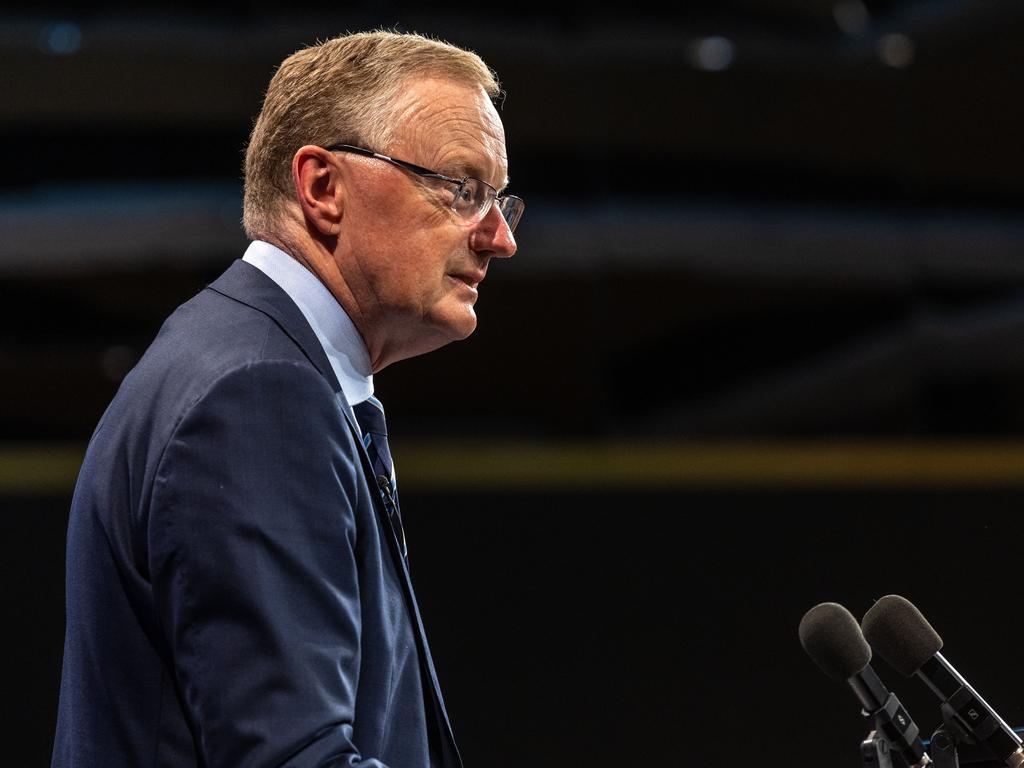

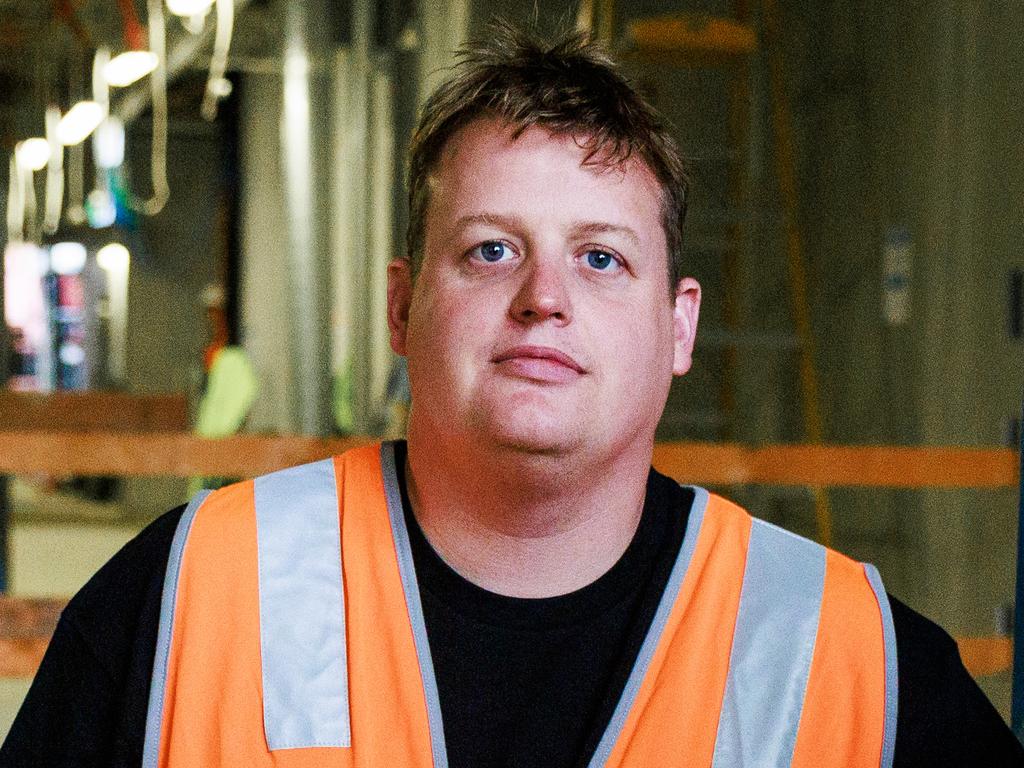

As the governor of the Reserve Bank, Phil Lowe, nears what many presume is his sunset, his warning to the Albanese government grows more direct – the increased living standards pledge on which Labor won the election hinges upon productivity gains that are not being delivered.